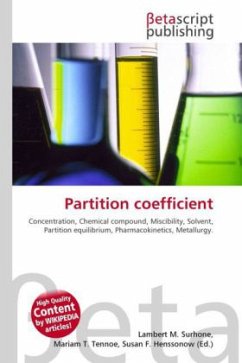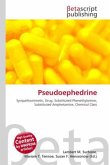High Quality Content by WIKIPEDIA articles! The most common chemical equilibrium systems involve reactants and products in the same phase - either all gases or all solutions. However, it is also possible to get equilibria between substances in different phases, such as two liquids that do not mix (are immiscible). For example, ammonia (NH3) is soluble in both water (aq) and the organic solvent trichloromethane (CHCl3) - two immiscible solvents. If ammonia is first dissolved in water, and then an equal volume of trichloromethane is added, and the two liquids shaken together, the following equilibrium is established: Kc = [NH3 (CHCl3)]/[NH3 (aq)] (where Kc is the equilibrium constant) The equilibrium concentrations of ammonia in each layer can be established by titration with standard acid solution. It can thus be determined that Kc remains constant, with a value of 0.4 in this case.








